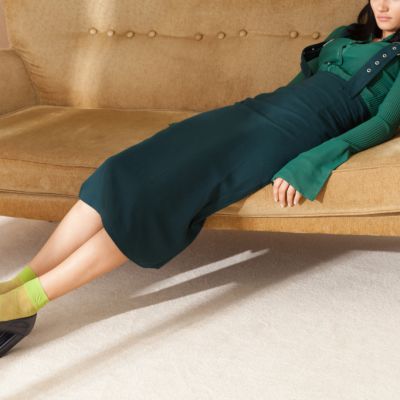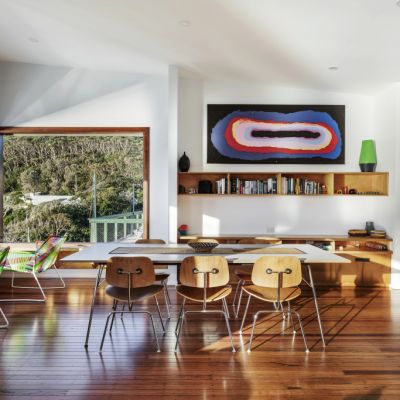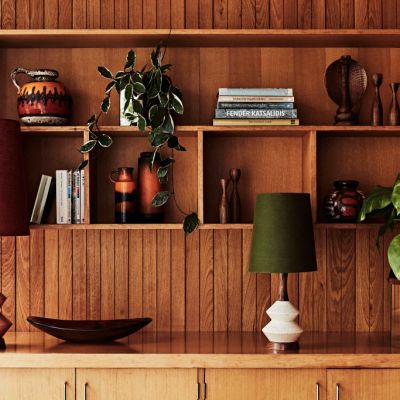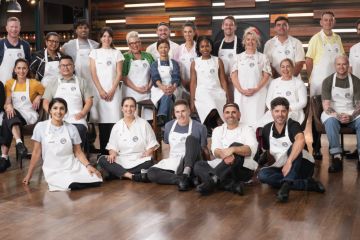Rags to rugs: The recycled textile trend taking over our homes
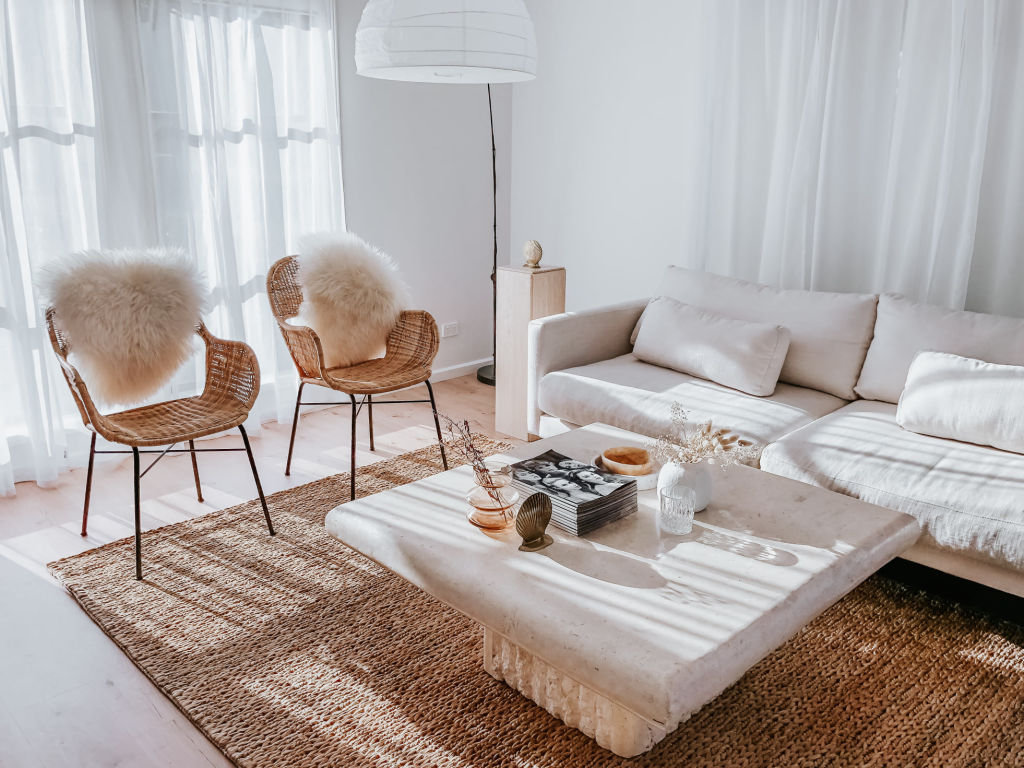
Recycled rugs have become more than a sustainable trend, they’re proof that turning discarded bottles into a luxurious handwoven artisan rug for your home is one of the kindest things you can do for the planet.
Nikki and Rupert Rowe from Weaver Green swapped working on superyachts in Europe to get behind the sustainable practice of recycling plastic to make rugs.
The Noosaville business works closely with its headquarters in the UK, and it’s where you’ll find artisan rugs made by women in India within a closed-loop system that is giving back to the planet one stitch at a time.
What’s more, the rugs are made from 100 per cent recycled bottles and feel like a natural product. “You can’t tell they’re not wool,” says Nikki Rowe.
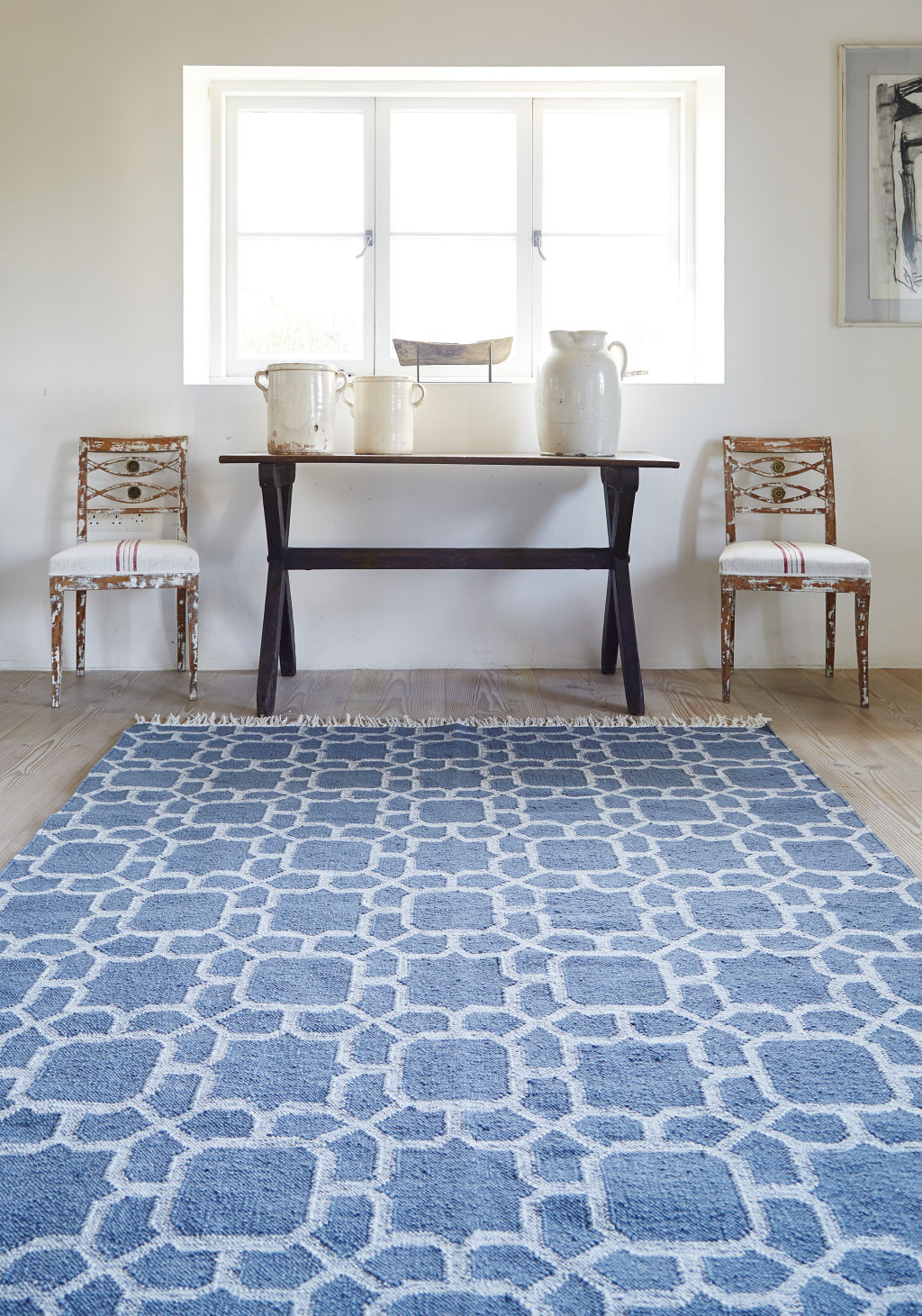
“They come in various sizes, are suitable for indoors and outdoor, can be put in the washing machine, they’re mould and stain-resistant too.
“We work closely with women’s groups in India who go and collect them, with 40 per cent of the plastic coming directly out of the Ganges, in turn stopping them from going into the oceans.”
Weaver Green has so far recycled one hundred million plastic bottles and made them into rugs and cushions. “It is such a good feeling to see that what would have become landfill can be repurposed with good intent,” Rowe says.
The plan is to start manufacturing in Indonesia to wade through their huge plastic problem next. With more than 200,000 tonnes of plastic ending up in the world’s oceans from Indonesian rivers every year, Rowe says the need to recycle is dire.
The Weaver Green collection covers the gamut of interior home styles with the most popular including the Kasbah, Moroccan and Persian collections. But there’s a modern nod too – think geometric, Scandinavian and Hamptons for seaside charm.
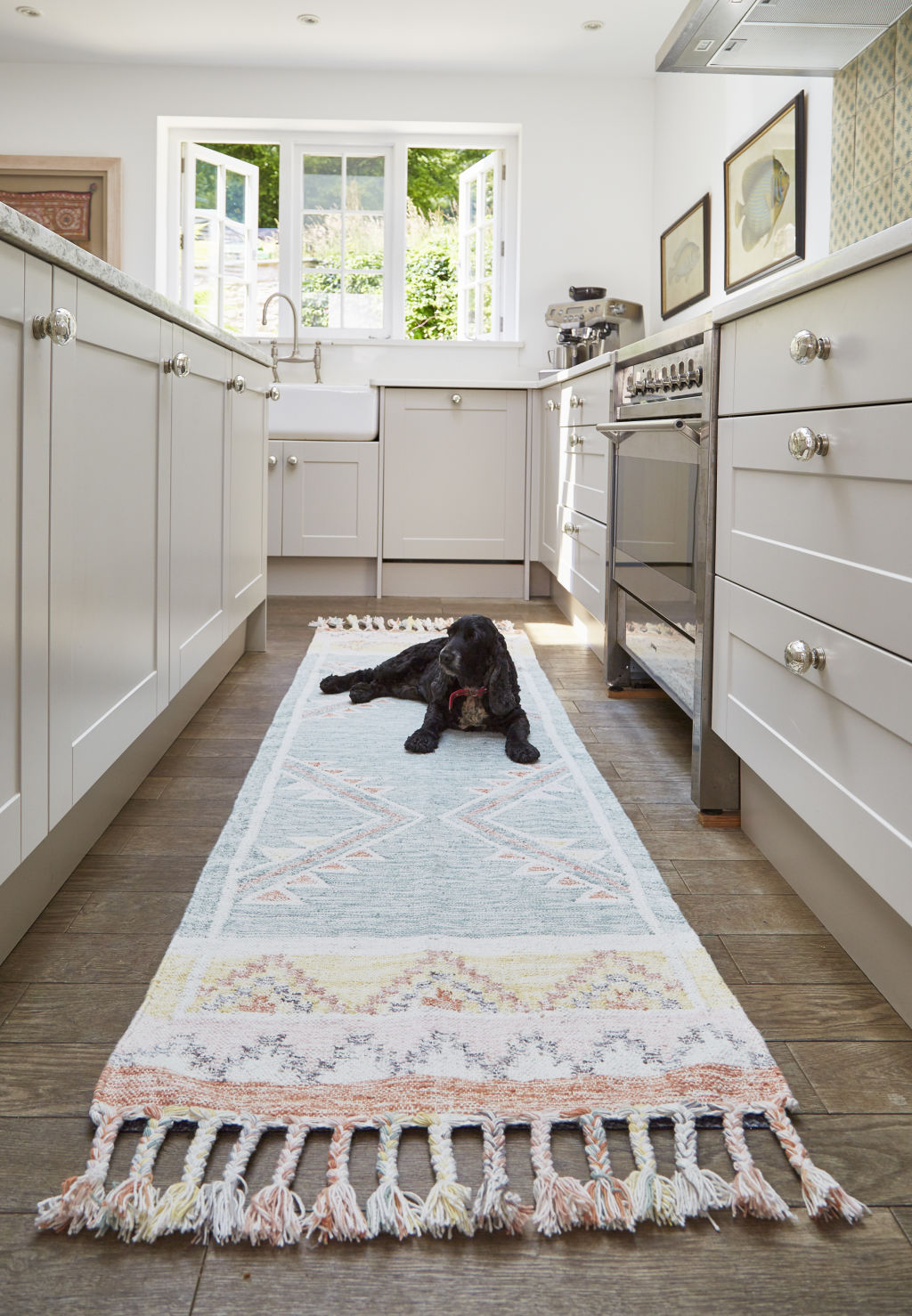
“Every step of the manufacturing process is as environmental as possible; the closed-loop system means minimal water is used, it’s all non-toxic dyes and nothing gets pumped out into the waterways. Even recycled wheat husks are used to relight the fires with every step thoughtfully worked out,” Rowe says.
According to Alexandra Weller, co-founder of retailer Miss Amara, it all comes down to consumer confidence in PET products (which stands for polyethylene terephthalate, a form of polyester); where knowledge is power.
“There is not a lot of education or awareness around what PET is and the huge benefits of it,” says Weller of the recycled plastic fibre product.
“We’re trying to help raise awareness of the eco-benefits of this beautiful and versatile fibre.”
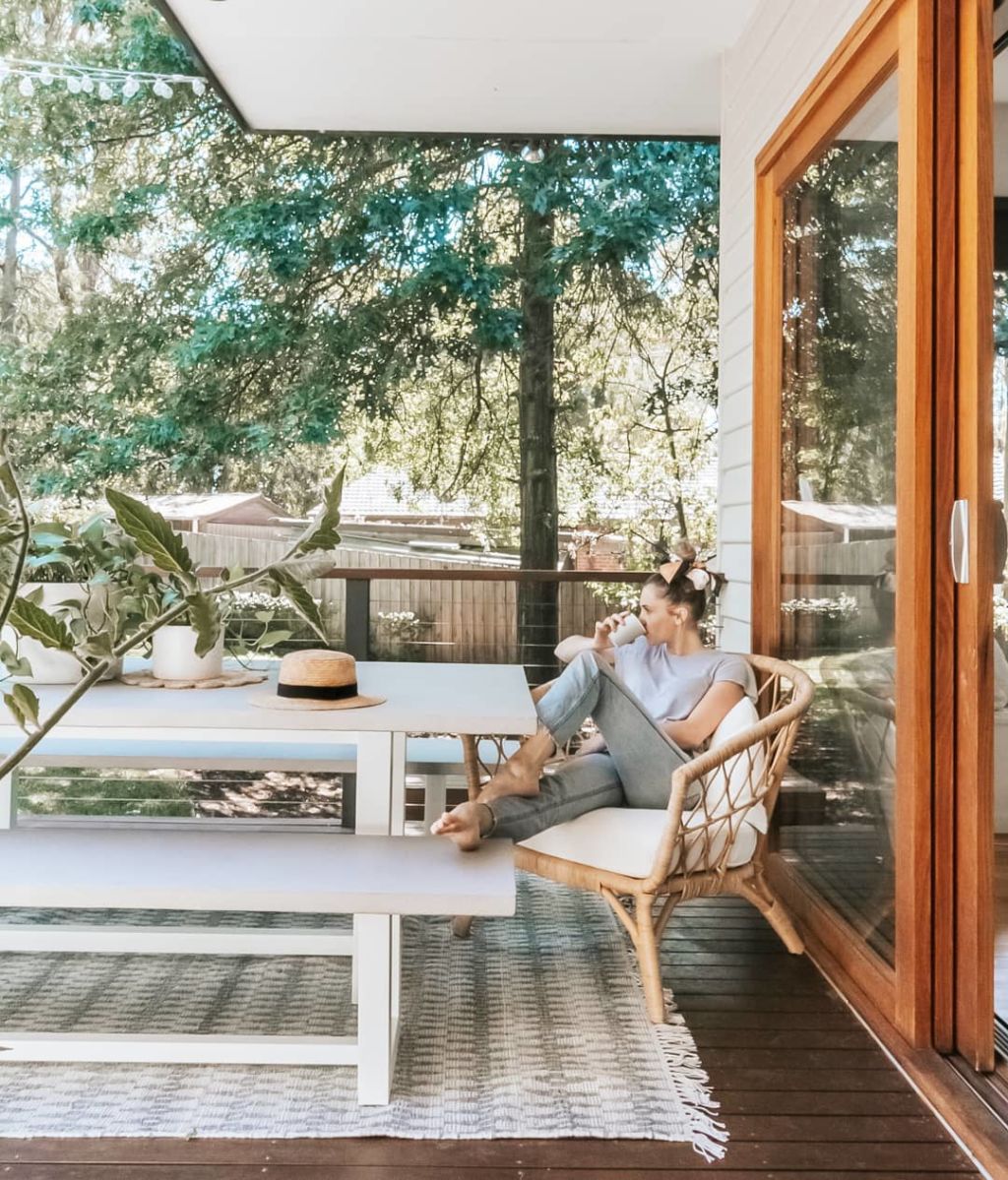
PET might be a newer entry on the home decor market but it’s the way the recycled polyester fibres are made to feel like wool that has consumers interested in it.
“You wouldn’t blame the customer for thinking plastic bottles equals cheap, and imagining that ‘crunch’ feeling underfoot,” Weller says. But she adds that it’s important to realise not all manufacturers take their PET processes as seriously as others.
“Buy from a store that offers a good return policy or go and see the product first,” Weller says.
“At Miss Amara we are ruthless when it comes to the quality of the PET we select. Our fibres go through up to 100 different processes to ensure that at the end of the conversion process, there are zero compromises between your silk handspun rug versus the PET; that’s really key.”
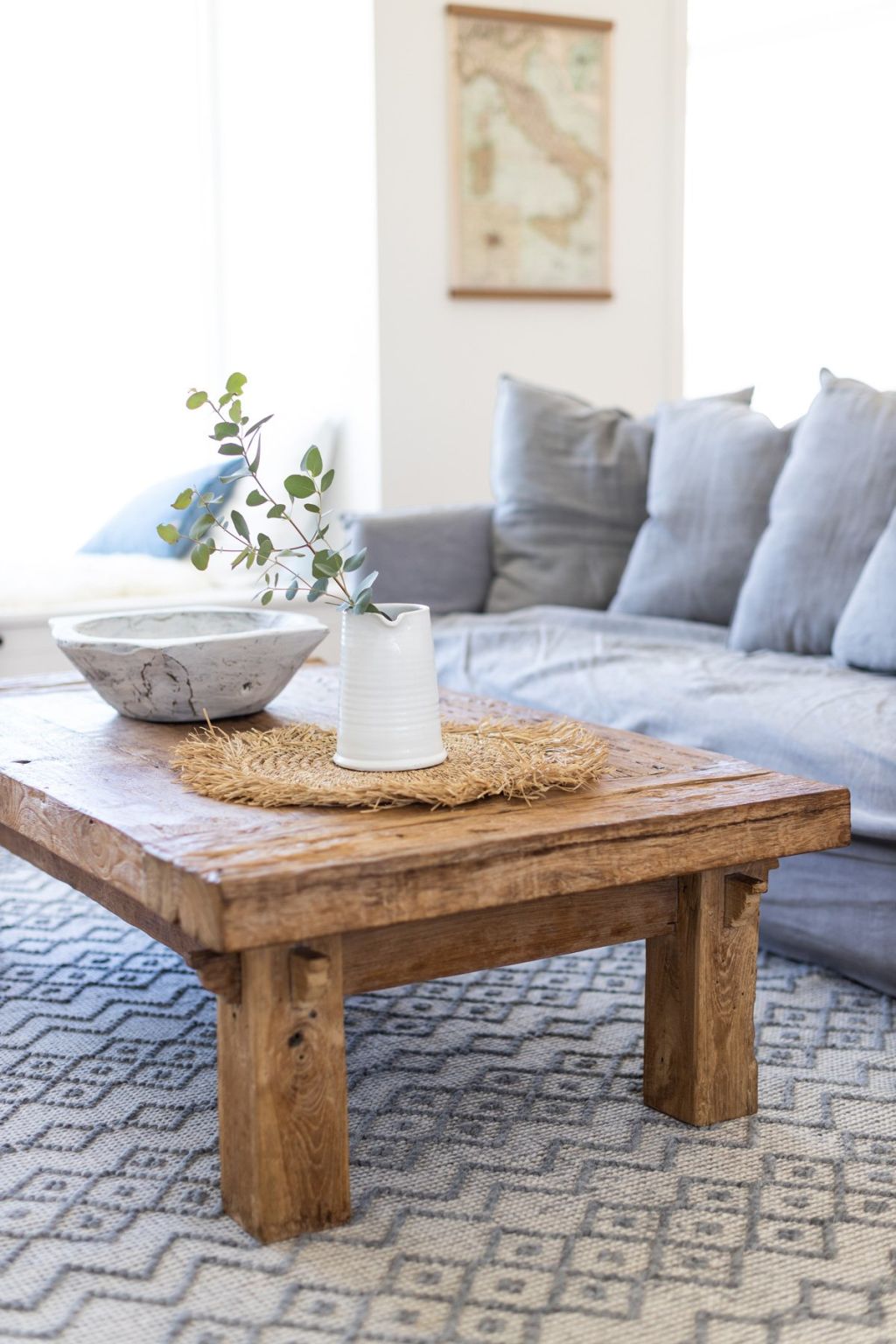
New Zealand-born and Sydney-based textile designer and artist Vita Cochran has been weaving her own rugs for 20 years, a matriarchal custom she learnt from her grandmother.
A resurgence in consumers wanting to make their own wool rugs means she’s seeing more people put textile waste to better use.
There are more than 69,000 tonnes of textile waste from Australian households that end up in landfill each year alone. Cochran’s preference is to use wool she repurposes from old blankets, knits and school blazers to create her artisanal pieces.
“People now see a handmade rug as equal value to a painting,” says Cochran, who is hosting From Rags to Rugs, a workshop at the Sydney Opera House as part of the Antidote Festival this month.
“A handmade rug will never fly out the door so to speak, but I love spreading the skills so people can make their own and find that process really satisfying.

“So much of our interior design these days is disposable. I love the thought of rugs imbued with history; from the ’90s cardigans I wore in green and purple to appear in a final product is a nice way to connect to your own personal journey.
“The design possibilities are endless when you make your own rug too – they can be abstract, floral and geometric. The options are endless.”
We recommend
States
Capital Cities
Capital Cities - Rentals
Popular Areas
Allhomes
More
